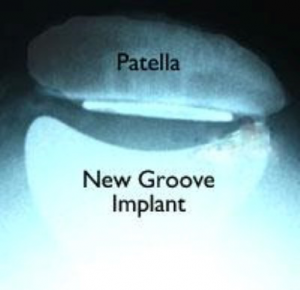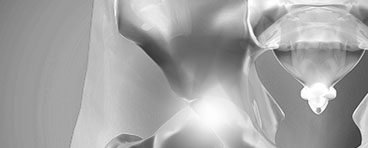Click on the links below to find out more
Patellofemoral Arthritis
TREATMENT
Nonsurgical Treatment
Treatment of patellofemoral arthritis is similar to the treatment of knee arthritis in general. Most cases can be treated without surgery. Nonsurgical options include:
Non-steroidal anti-inflammatory medication
Drugs like aspirin, naproxen, and ibuprofen reduce both pain and swelling.
Exercise
Regular exercise can decrease stiffness and strengthen the muscles that support your knee. Patients who have patellofemoral arthritis should try to avoid activities that put stress on the front of the knee, such as squatting. If you regularly do high-impact exercise, switching to low-impact activities will put less stress on your knee. Walking and swimming are good low-impact options.
Activity modification
In many cases, avoiding activities that bring on symptoms — such as climbing stairs — will help relieve pain.
Weight loss
If you are overweight, losing just a few kilograms can make a big difference in the amount of stress you place on your knee. Losing weight can also make it easier to move and maintain independence.
Physiotherapy
Specific exercises can improve range-of-motion in your knee. Exercises to strengthen the quadriceps muscles will help relieve pressure on the kneecap when you straighten your leg. If an exercise causes pain, stop the exercise and talk to your doctor or physotherapist.
Cortisone (steroid) injections
Cortisone is a powerful anti-inflammatory medicine that can be injected directly into your knee.
Platelet Rich Plasma injections
Platelets are extracted from your blood, and then injected into your knee to release growth factors to stimulate cartilage repair.
Surgical Treatment
Surgery is an option when nonoperative treatment has failed. Several types of surgical procedures are available.
Chondroplasty
This procedure is done with arthroscopy — inserting thin surgical instruments in small incisions around your knee. During a chondroplasty, your surgeon trims and smooths roughened arthritic joint surfaces. Chondroplasty is an option in cases of mild to moderate cartilage wear.
Realignment
The soft tissues on either side of the kneecap are tightened or released to change the position of the kneecap in the trochlear groove.
Cartilage grafting
Normal healthy cartilage tissue may be taken from another part of the knee or from a tissue bank to fill a hole in the articular cartilage. This procedure is typically considered only for younger patients who have small areas of cartilage damage.
Tibial tuberosity transfer
This procedure can help relieve pain in patients with arthritis in specific portions of the patella. The patellar tendon below the kneecap attaches to a bump on the front of the knee called the tibial tuberosity. Shifting the bump in any direction will change, the position of the kneecap. After the procedure, the patella should move more smoothly in the trochlear groove, reducing pressure on the arthritis areas and relieving pain.
Patellofemoral replacement
During this “partial” knee replacement, worn down bone and cartilage surfaces are removed and replaced with metal and plastic implants. The trochlear groove is covered by a thin metallic shield and a dome-like plastic implant is used on the patella. Both components are held in place by bone cement.
Patellofemoral replacement surgery cannot be carried out if there is arthritis involving other parts of the knee. If this is the case, Mr Slattery may recommend a total knee replacement.

This x-ray taken from above the knee shows the normal patella position after successful patellofemoral replacement. The plastic patellar implant does not show in an x-ray.







